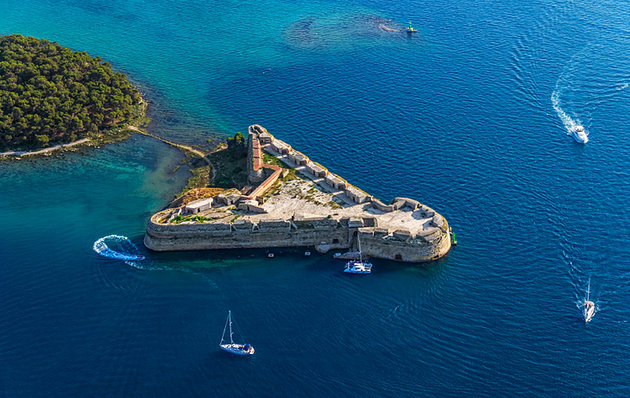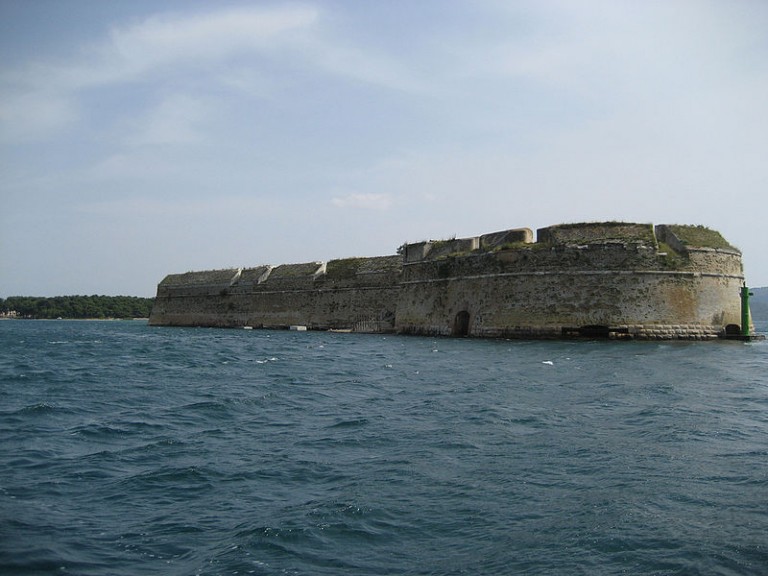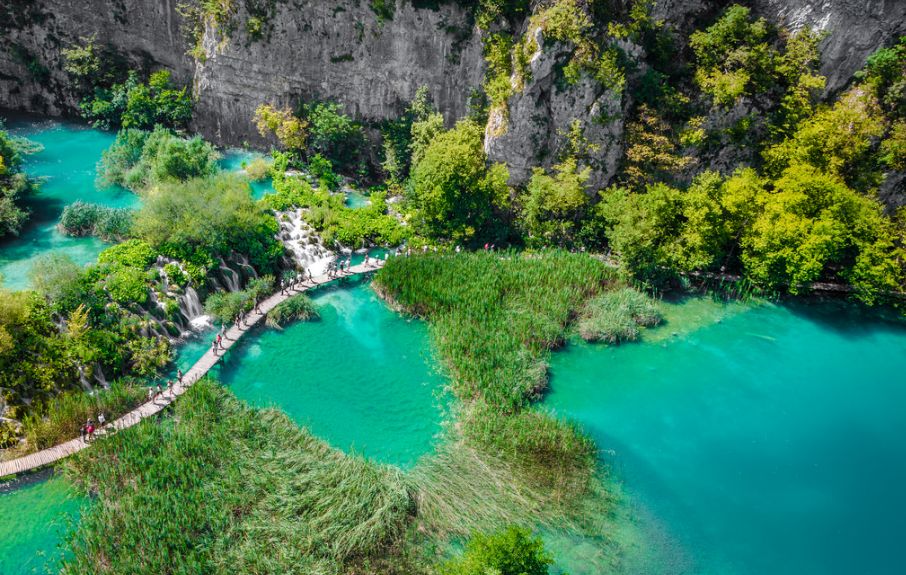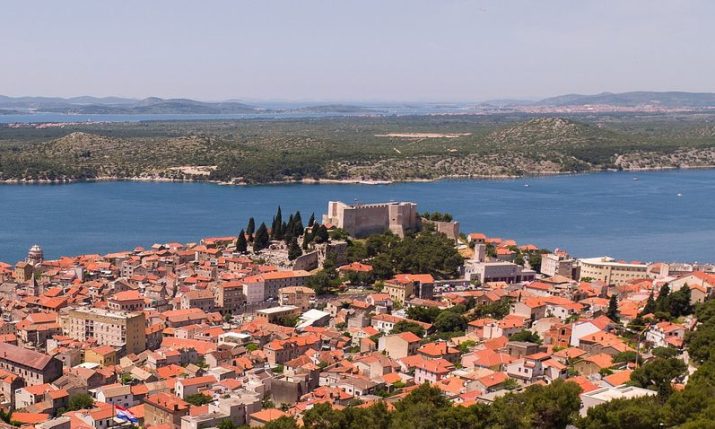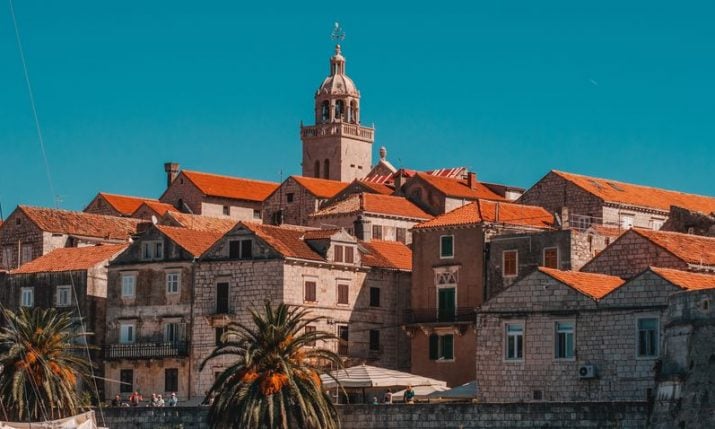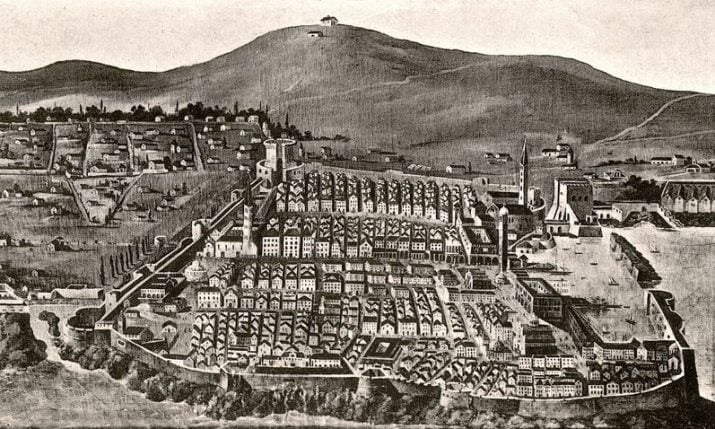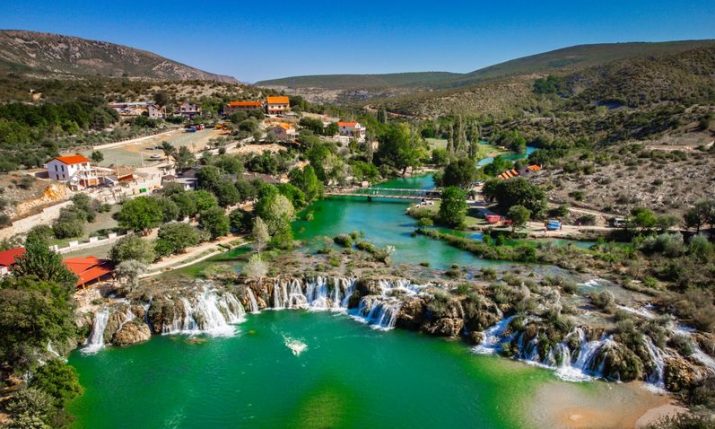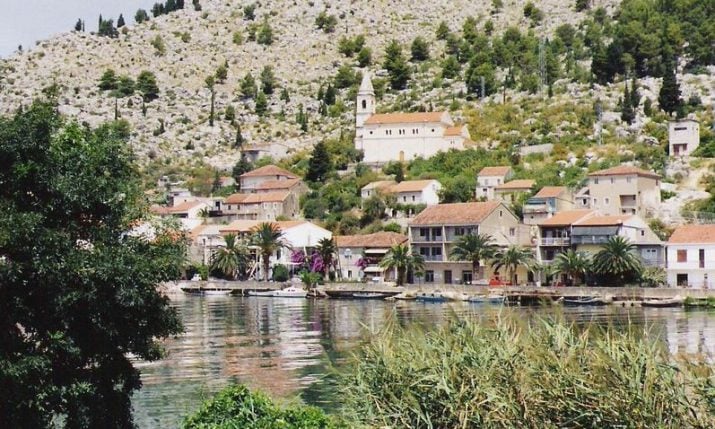UNESCO Visit Croatia to Check Out Next Possible World Heritage Site
- by croatiaweek
- in News
A team of evaluators from UNESCO have been in Croatia checking out what could be the 9th protected World Heritage site for the country…
One of the most famous sights in Šibenik, the St. Nicholas Fortress, was nominated to become Croatia’s latest UNESCO protected World Heritage site and last week a team from UNESCO were in town to evaluate the site.
The UNESCO mission was in Šibenik from 13 – 16 September looking at the site, Šibenski portal reports. The evaluation is just one of processes which will take place before a final decision is made whether the site will be inscribed on the World Heritage List in June 2017.
The original idea to apply for UNESCO status came from the Italian Ministry of Cultural Heritage because of Italian works in the 15th century on the fortress. St. Nicholas Fortress was built on the left side at the entrance of the St. Anthony channel, on the island called Ljuljevac, in front of the Šibenik port.
St. Nicholas Fortress got its name from the Benedictine Monastery of St. Nicholas, which was on the island, but due to construction of the fortress had to be demolished. At the request of domestic Croat population of Šibenik, the Venetian captain Alojzije de Canal decided to build a fort on an island of Ljuljevac on 30 April 1525. Fortress was designed and built by the famous Venetian architect and builder Hyeronimus di San Michaela. The imposing fortress prevented Turkish boats from reaching the port in the 16th century.
The fortress is one of the most valuable and best preserved examples of defense architecture in Dalmatia. The fortress is made of brick because this material was considered to be most resistant to cannonballs, while the foundations are made of stone.
Croatia has 8 sties already on the UNESCO World Heritage List. They are Plitvice Lakes National Park, Stari Grad Plains on Hvar, Cathedral of Saint James in Šibenik, the city of Trogir, the old city of Dubrovnik, the historical complex of Split with the Palace of Diocletian, the Episcopal complex of the Euphrasian Basilica in Poreč and the medieval tombstones and graveyards known as Stećak.

